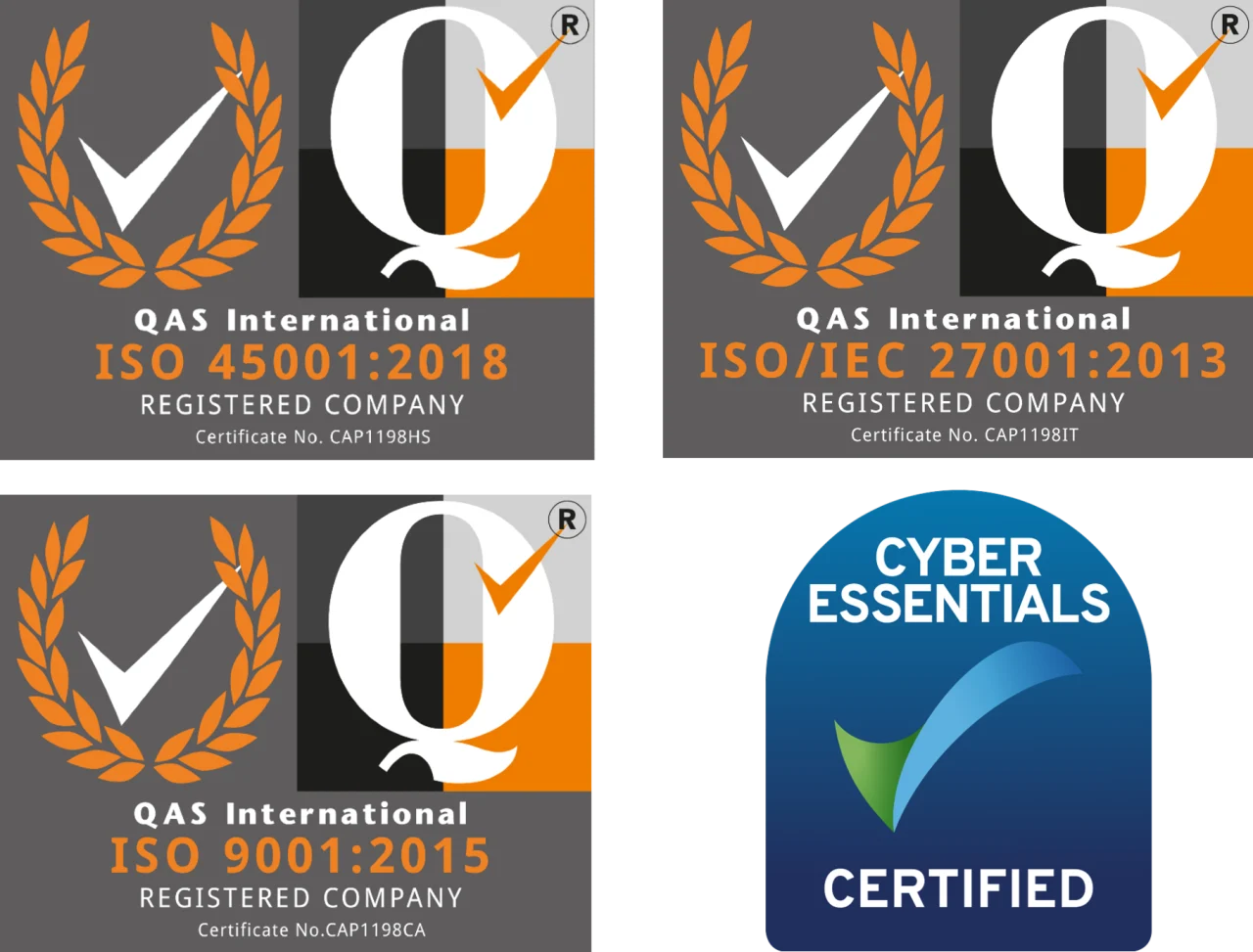In part one of this cloud solution article we introduced the the Internet of Things and explored how this concept might be used to improve processes for industry by allowing data to be transmitted between devices in several locations via the cloud. We came up with the idea of taking electronic equipment with associated data output and adding connectivity to it, enabling management and reporting of that data. It would also offer scope for control of said devices remotely, opening up possibilities for engineering support and maintenance without the need for someone to be on site. We thought that Raspberry Pis (mini PC’s) would be the ideal hardware component, that could be used alongside a controller device, adding an element of ‘Smart’ functionality to the equipment or machinery it was attached to. Here we look at the practical implementation of such a solution.
Practical Implementation
A fundamental challenge for the success of this type of project is be the ability of the Pi Devices to connect to a server via the internet. The hardware would need to support both wired and wireless networking. Ideally the Pi Devices would have on-board 3G/4G connectivity. The alternative would be to configure them to use whatever Wi-Fi or wired networking connection is available at their specific location.
The particular challenges involved would depend on the specifics of each location and we assumed that site visits would be required to correctly configure and test the Pi Devices for their connectivity (either via 3G or Wif-Fi)
Other key considerations included the start-up protocol. You would expect that the Pi Devices to automatically start when connected to power. Airing on the side of caution, we also had to assume that in many circumstances internet connection may be intermittent/unreliable. To ensure consistency and minimise potential of loss of data, we therefore would need to consider how and when data would be handled.
User Interface
ESP then looked to design a user interface that could be used to access the data. ESP has recently worked on several database projects each designed as user friendly, data driven systems with a range of filtering and reporting options. We have also developed BI (business intelligence) systems which present data in useful ways, with real time data pulled and graphical reports generated using ChartJS, an open source web charting platform for developers which uses HTML5 and JavaScript. This allows us to present statistics in a clear modern and engaging way. The application itself would be web based, and hosted on a server and accessed via a standard web browser.
Security as a Priority
Authentication and security protocols are obviously a key priority for any web application. To prevent unauthorised access, we followed a multi-layered defence-in-depth approach, to ensure the Pi Devices could accept only instructions that were properly authenticated as originating from the authorised server.
Some of the key security elements are as follows:
- The Server hostname will be hard coded in the Pi Device configuration
- The Pi Device will be configured to use Google Name Servers to look up the IP Address of The Server from the configured hostname
- The Pi Device will establish a secure SSL connection to The Server
- The Server and The Pi Device will authenticate each other by SSL Certificates
In many cases, the industrial control devices themselves have no in-built security and will simply obey any correctly formatted instruction they receive once accessed. This means that physical security is just as important as internet security.
In summary, ESP has put a great deal of R&D to assess the technical detail and prototyping required to implement a web application that would enable the control of industry equipment remotely. We are able to produce professional web applications for pretty much any purpose, using a MySQL database with WordPress frontend, providing a simple and scalable solution. We have since implemented this same solution for a client to help with a ‘real world’ requirement. (Unfortunately, the identity and field of work of that customer is bound by an NDA for obvious reasons)
The point of this piece is to highlight ESPs problem solving capabilities using our team of experienced developers to create viable business systems that can improve efficiency, working processes and ultimately save money. We will gather information, carry out analysis and break things down into clearly defined deliverables and objectives. By using a phased approach, identifying and prioritising key aspects, we are able to address any business need where a seemingly complex technical solution is required, from small BI applications to larger interconnected cloud based solutions involving different bits of hardware and software. Whilst implementing this (and most importantly), we take into account key data protocols to ensure reliability and security in the processing and management of data, providing a robust, user oriented system to make things that little bit more efficient for your business. Whatever your business, ESP can offer a technical solution for you. Please don’t hesitate to contact our team to discuss ideas and find out how we might be able to help.

